Publishing Picture Books with AI on Amazon

The Lure of Self-Publishing with Amazon KDP
The idea of self-publishing, especially print-on-demand books with Amazon's Kindle Direct Publishing platform is very intriguing for a number of reasons:
- You can turn your creative ideas into a product very quickly, and without much cost or resources.
- You don't have to try and get the attention and approval of publishers, many of whom will only speak to you through agents.
- You don't have to deal with the predatory business model of publishers, who give you very meager royalties in exchange for very little added value (especially if you're not already a well known personality)
- It is a type of product that has high "passive income" potential, where you do not need to do much work on the product once it is released.
- You do not have to deal with physical printing, storage, inventory, shipping, or logistics.
- You do not have to deal with customer support, customer onboarding, bug fixes, UX design, and other SaaS hassles.
- The product you create is a digital file, but is then immediately available as a physical printed product all around the world. So from your perspective, it is really a digital business with all the benefits of a purely digital business (scalability, work from anywhere, re-use and re-package content, etc.)
- Amazon's global marketplaces are so wide-reaching that you immediately get access to a large audience.
- Amazon's KDP platform is relatively easy to use. You just upload a pdf according to their specifications, write a description, choos some keywords, and you're done!
- The products are largely inexpensive to make and require very little time and resources, especially with the aid of AI tools.
- Many aspects of production in this line of business can be outsourced if needed.
- Verious software tools, especially AI tools, are making book production mcuh easier lately.
So I decided to set off on my first experiment in this line of business. Outcomes are here, but read on for what I learned along the way.
Using AI-Generated Art for Coloring and Picture Books
Building on my new-found enthusiasm and developing skills in the area of AI-generated art, I wanted to see if I could use AI engines like DALL-E and Midjourney to produce publishable content that could be packaged and sold as books. Other people have started doing this too, although when I was figuring it out I was not aware of any actual examples. Recently though, Time Magazine covered a prominent example:
I spent the weekend playing with ChatGPT, MidJourney, and other AI tools… and by combining all of them, published a children’s book co-written and illustrated by AI!
— Ammaar Reshi (@ammaar) December 9, 2022
Here’s how! 🧵 pic.twitter.com/0UjG2dxH7Q
This post describes my version of this experiment. You can find all the books I have published so far here. I needed to figure out both process and content:
Process
Step 1: Choice of AI engine. Although DALL-E seems to be smarter in terms of figuring out what I want, Midjourney images were both better looking and higher resolution. I also tried Stable Diffusion but could not get any good results for high resolution images.
Step 2: Creating the images with the right prompts and combination of tools. Depending on the content type you are trying to create, figuring out the right prompts can take hours if not days, and you may still not get the results you want. Fortunately, a lot of people are sharing prompts online and you can learn from them, but there is also a marketplace taking shape around buying and selling prompts at promptbase.com.
Also important is to figure out how to use the AI engine features. For example, when to use Midjourney's remaster option or the settings that get the best results. I also found myself having to take some Midjourney images into DALL-E for additional inpainting and outpainting edits from time to time. In some rare cases I did use graphics editing software for minor things but I intentionally tried to avoid those in order to test what it takes for the AI tools to get me the perfect results.
Step 3: Book formatting. In essence, all you have to do is create a pdf according to Amazon's specifications, and this is not that hard. But because I was inexperienced and wanted to make sure that my images were published with full bleed (reaching to the edge of the paper in print), I hired a freelancer on Fiverr.com to create Amazon-ready pdf formats based on Midjourney image outputs. This freelancer also helped me figure out which format I could use to accommodate Midjourney's square image sizes (you can only change the aspect ratio in older versions of Midjourney).
Step 4: Automation of book formatting. Once I had the formatting figured out, I hired another freelancer to write me a script that automates the process of creating books in that square format from a set of image files. Through this process, I learned that the images actually have to be resized slightly to fit a square format, but the deviation is so small it is not noticeable.
Step 5: Cover design. Amazon has a pretty good cover maker tool, but also provides template files if you want to create the cover yourself. You can also hire professionals for this step. I used Amazon's tool for the first book but designed the rest of my covers myself. I think I may try hiring a professional some time in the future as they probably know many tricks of the trade that I don't.
Step 6: Uploading on Amazon Kindle Direct Publishing. This is pretty easy and I did it myself although you can also hire professionals to take care of this step. The most challenging parts were coming up with a good description and choosing keywords. I used a combination of ideas from GPT-3 and other book descriptions to come up with these.
I learned along the way that there is a very large ecosystem of professionals, freelancers, coaches, books, videos, templates live courses, pre-recorded courses, and other helpful resources specifically around self-publishing with Amazon KDP. Most of them are reasonably priced and affordable, and many are free.
Content
As described below, my ideas sort of came along by chance while playing around with the AI tools, but I also learned along the way that you could use tools like the browser extension from Self Publishing Titans and the Desktop App from Publisher Rocket to help you research keywords and categories that have a higher chance of success.
Idea 1: Face art picture books for make-up ideas. The first idea I tried was just to put together a compilation of attention-grabbing portraits of models with interesting face art patterns that could potentially inspire ideas for real-life makeup. I had a lot of fun making a variety of these, telling the AI to make photo-like images of models from around the world and different racial backgrounds. The AI often used colors related to their national flag, and was usually very good at pairing makeup colors and hair colors.

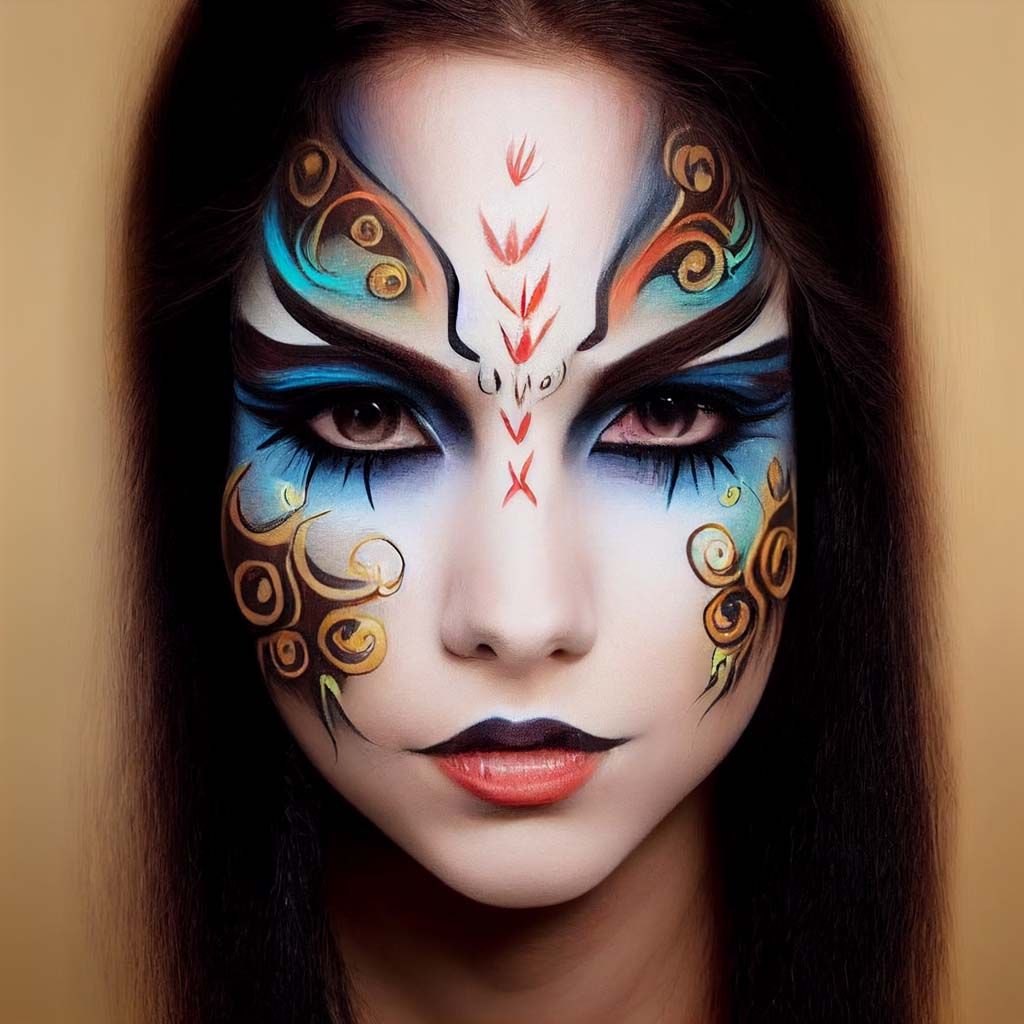
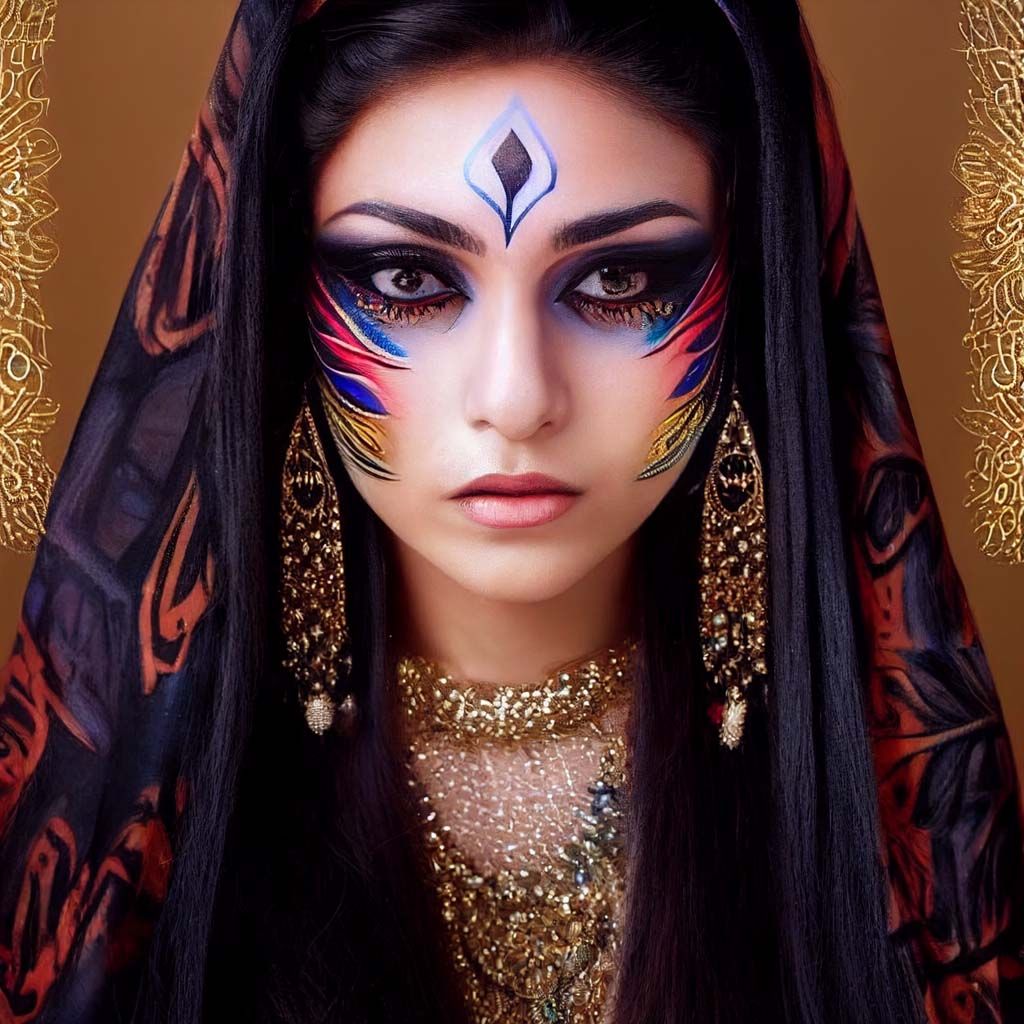


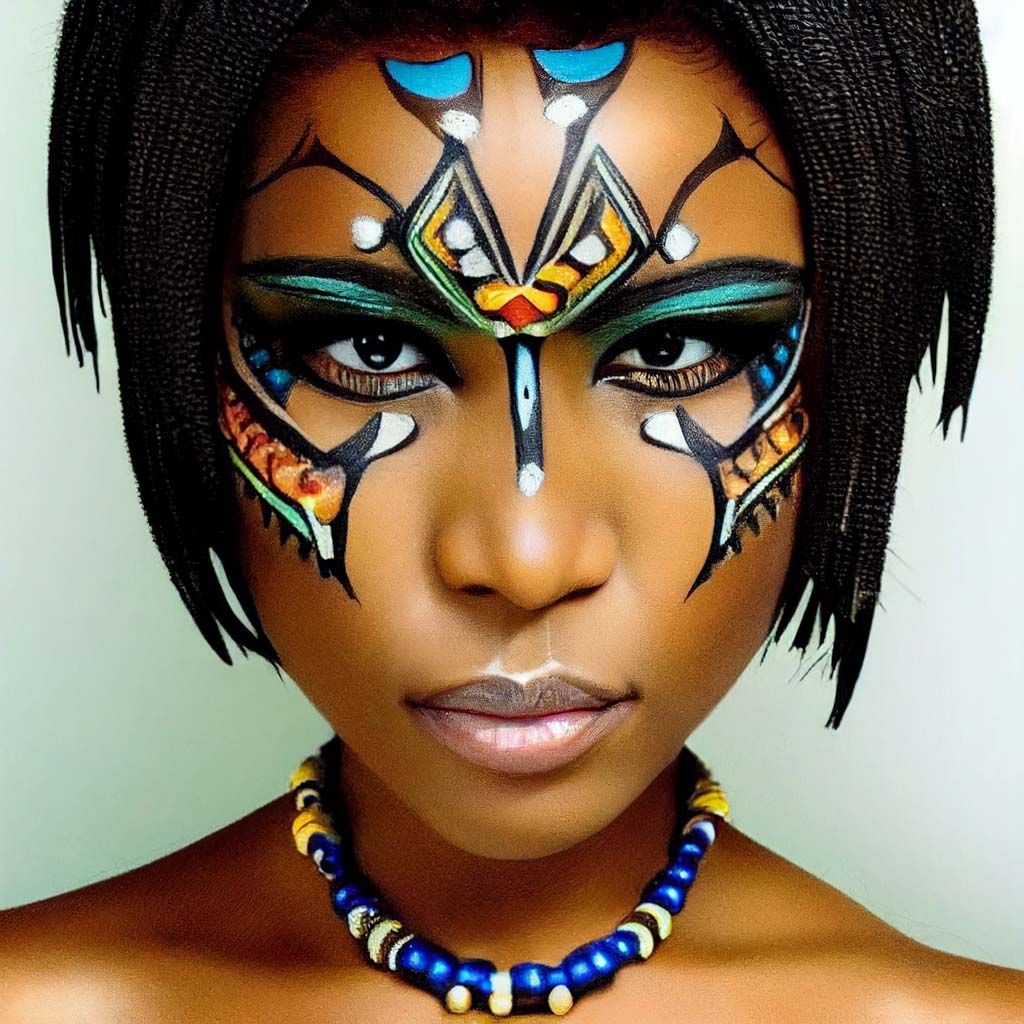

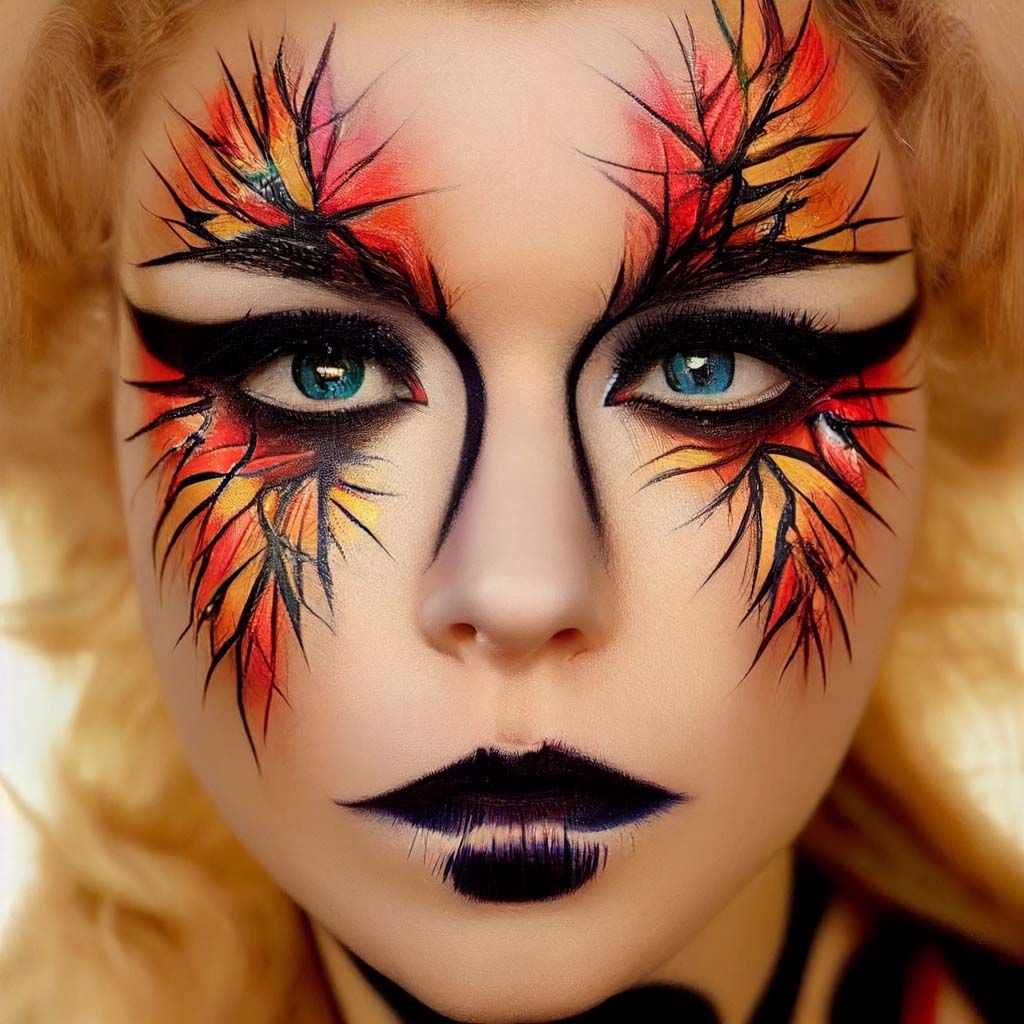
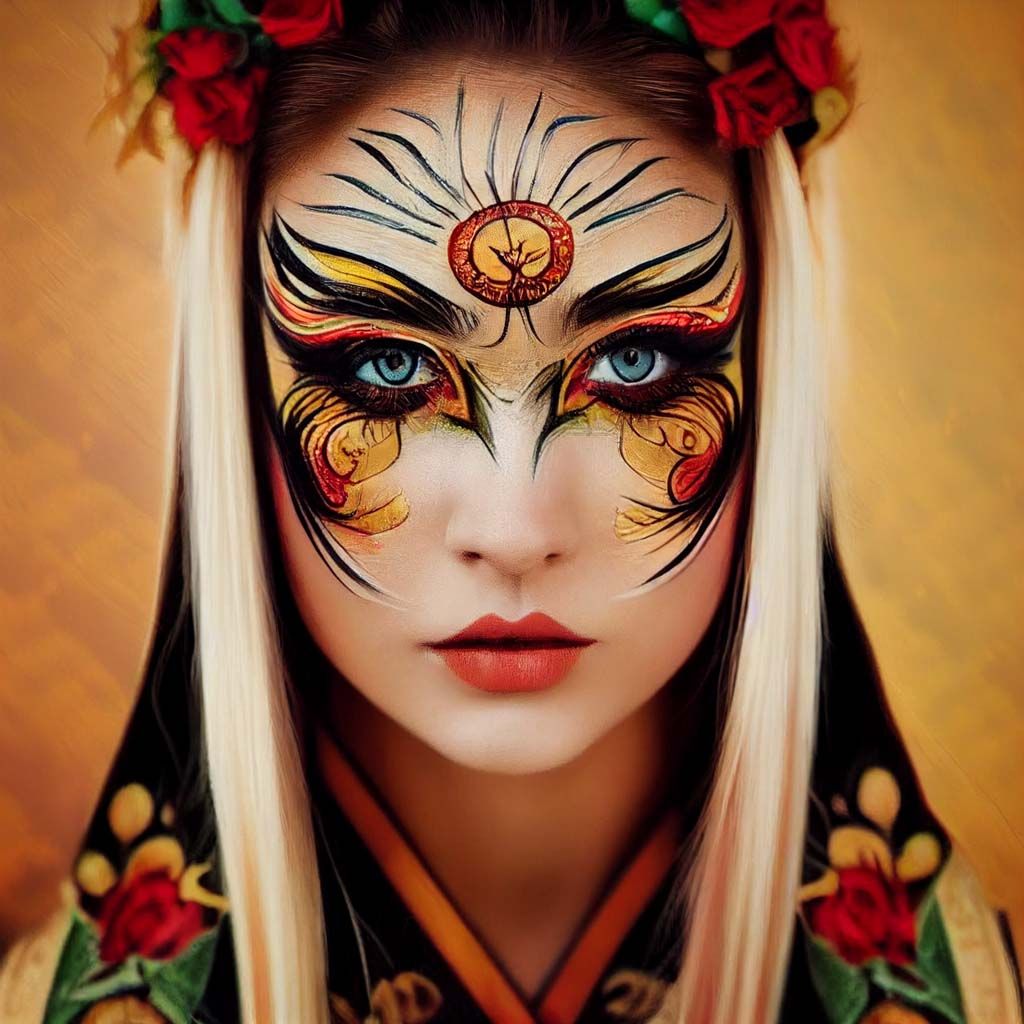
I posted many of these images on an Instagram account and gained a few thousand followers in a few months, but when I compiled some of them into a book I and published it on Amazon KDP, it was an utter failure. Not a single person has bought one so far. I think with this idea I was really operating in an area where I had no idea what I was doing. Fortunately, the cost of failure with this experiment was extremely low, and I learned a lot about how to generate images with AI along the way.
Idea 2: Coloring books for kids. I first gave it a try when my six-year old son asked me to print him some coloring pages. My usual process was to search Google Images and print something he likes, but I thought I'd give it a shot with DALL-E and Midjourney. I tried a simple prompt like "a coloring page about helicopters, cute coloring page for kids." The results were pretty bad, and really not usable as coloring pages in practice. So I decided at that time that these tools could not produce good coloring pages. This thought turned out to be premature.
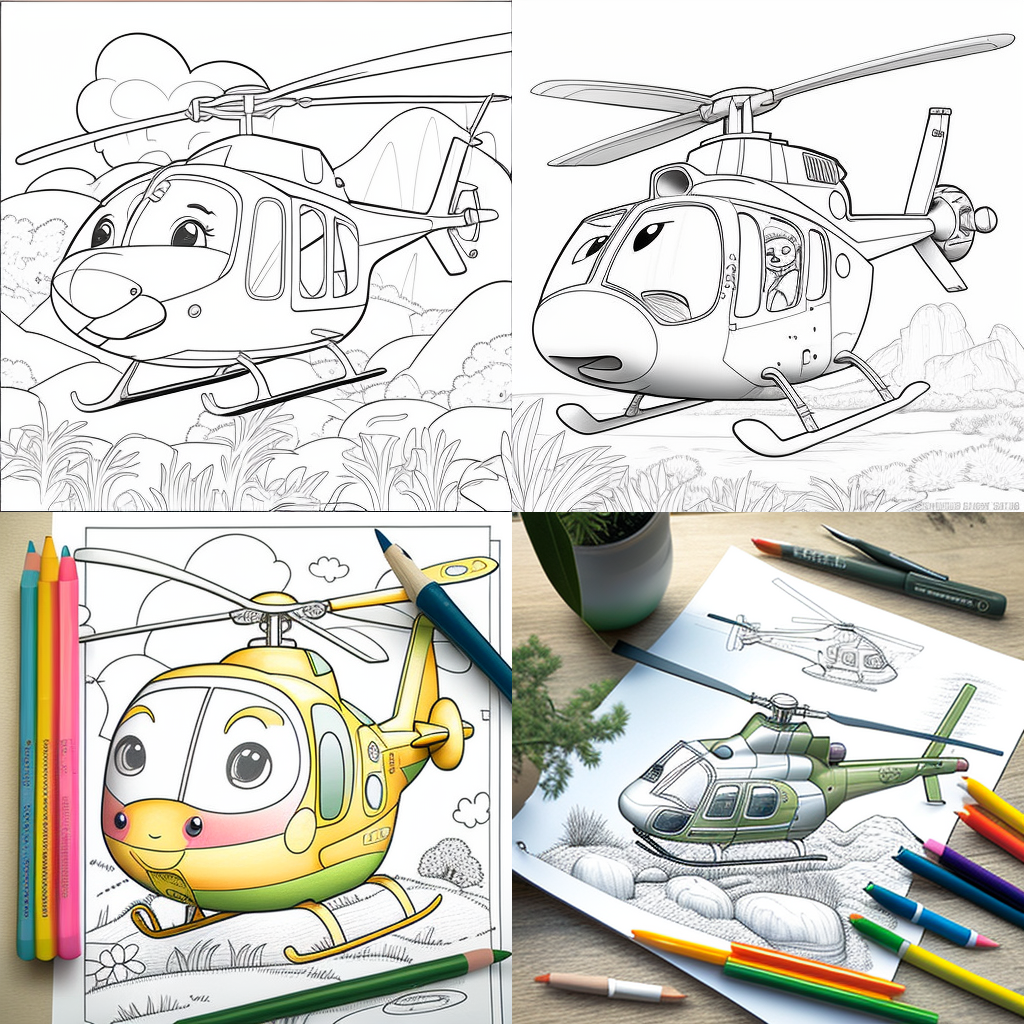
A couple of months later I decided to revisit the problem given my improving prompt engineering skills. Perhaps I could crack it this time. With some searching, I realized that others had made more progress than me on AI-generated coloring images and had shared their methods and prompts:
Ultimately, after learning from others, and a lot of trial and error, I achieved some success with more complex prompts. Going from 5-10 word prompts to prompts that were 100-150 words long and used weights, I managed to get Midjourney to produce relatively good coloring pages.
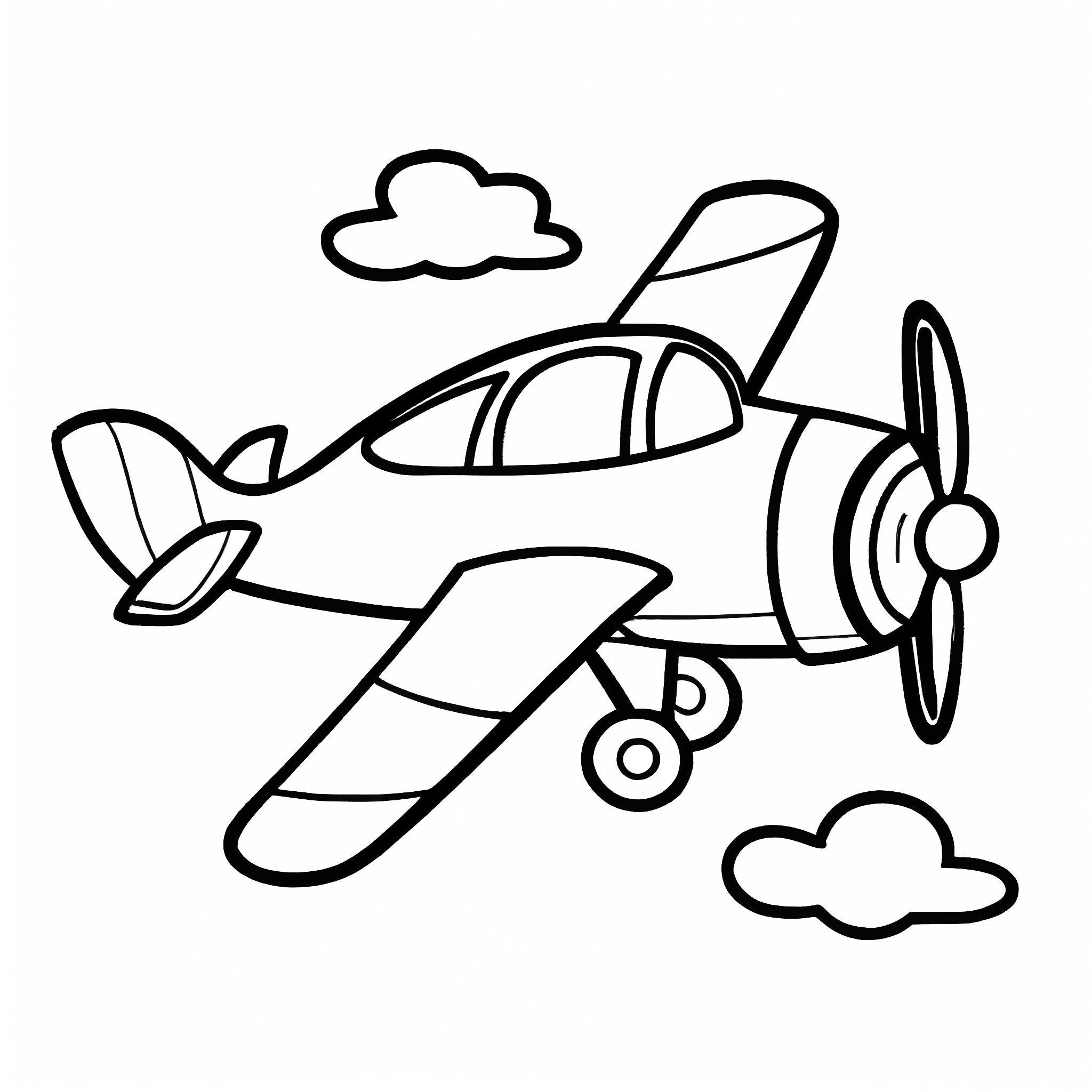
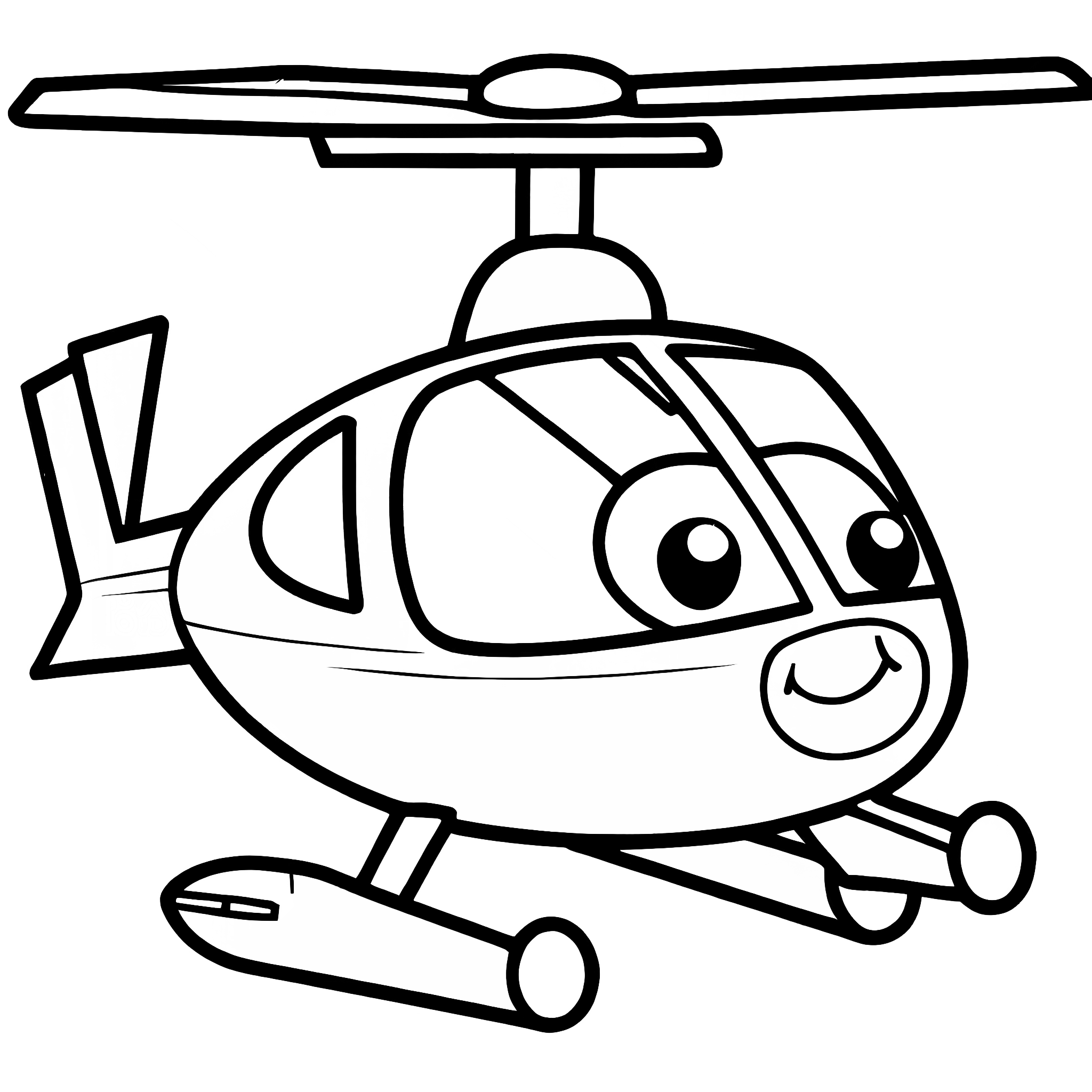
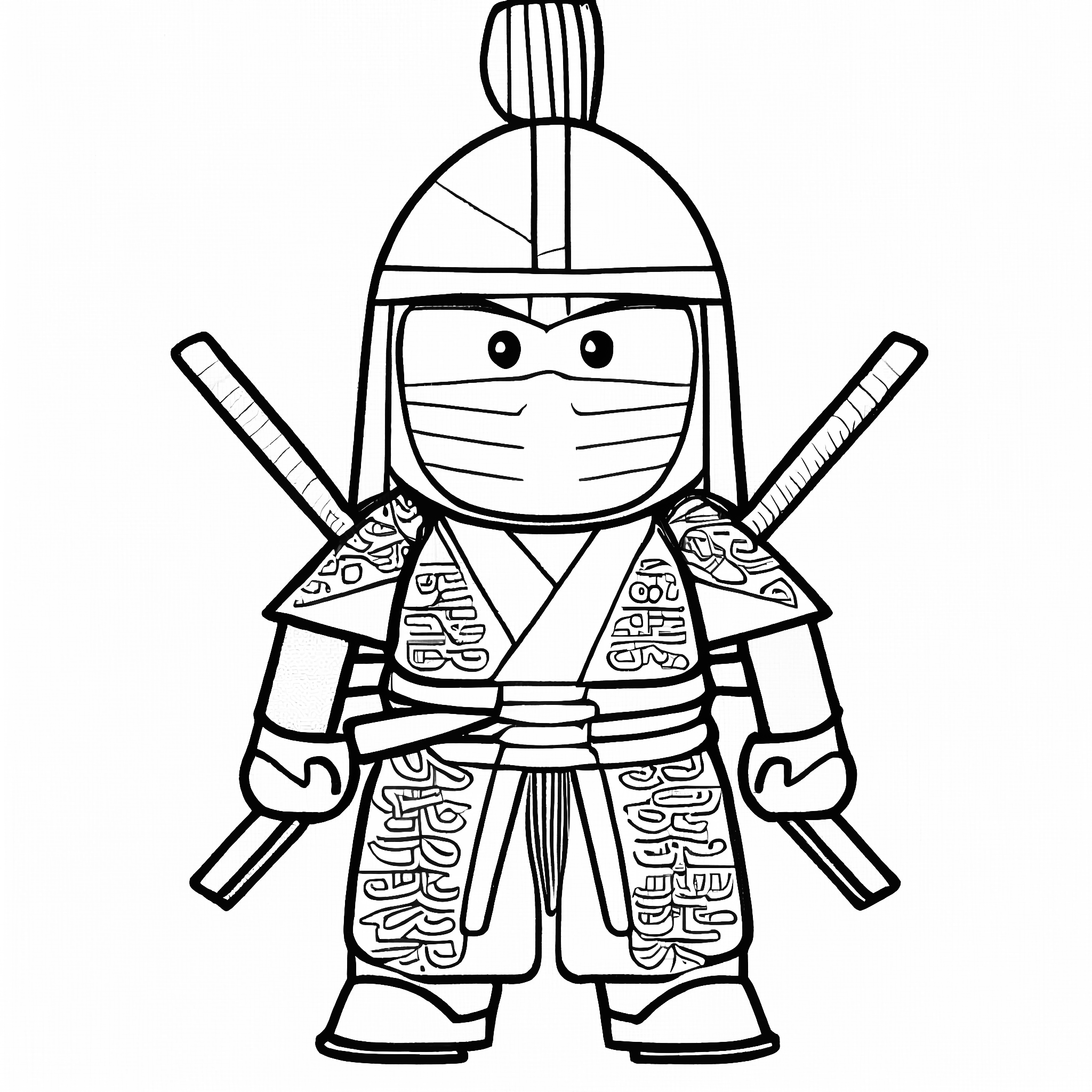
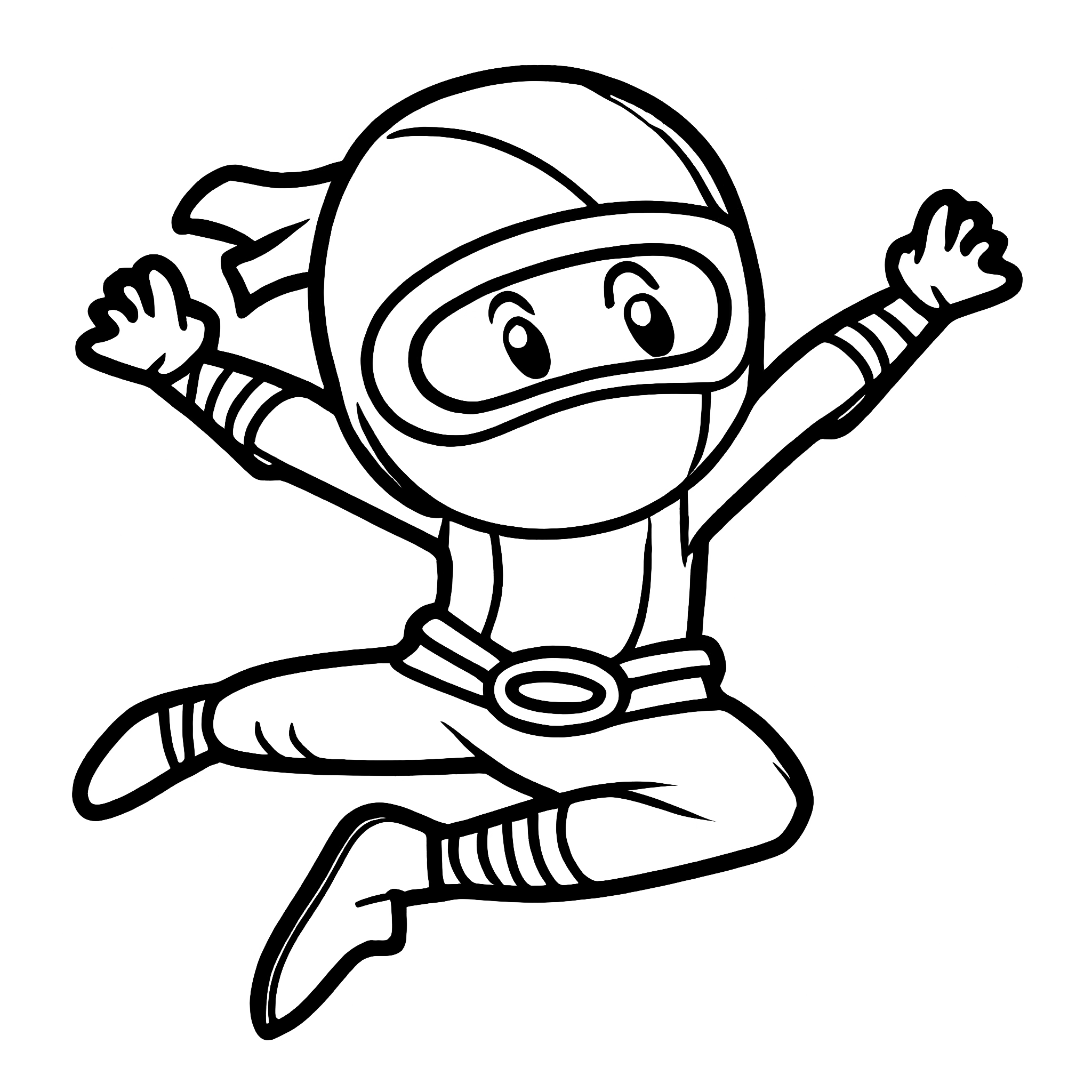
Using the niche research tools mentioned earlier, I decided that a coloring book about cute helicopters and airplanes, and a coloring book about cute ninjas and warriors may have a relatively good chance among the red ocean of coloring books already on Amazon. I successfully published two books on these topics and have so far managed to sell a handful of each (18 units in total) without much advertising spend. Given how crowded the space of coloring books is, I consider this a relatively successful experiment. However, it also shows that if you want to achieve significant income with this type of sales numbers, you need to publish a much larger portfolio of books.
Idea 3: Coloring books for Adults. While I was working on the coloring books for kids, I got distracted with the challenge of creating more elaborate coloring book pages that would be fun even for adults, similar to the books by Johanna Basford. This was indeed a difficult problem because getting the AI to create elaborate detailed designs required prompt keywords that conflicted with the other keywords required to create the crisp black lines needed of a coloring book page. The challenge itself lured me into spending more and more time on it. I ultimately came up with some designs that I thought were good enough to be publishable.
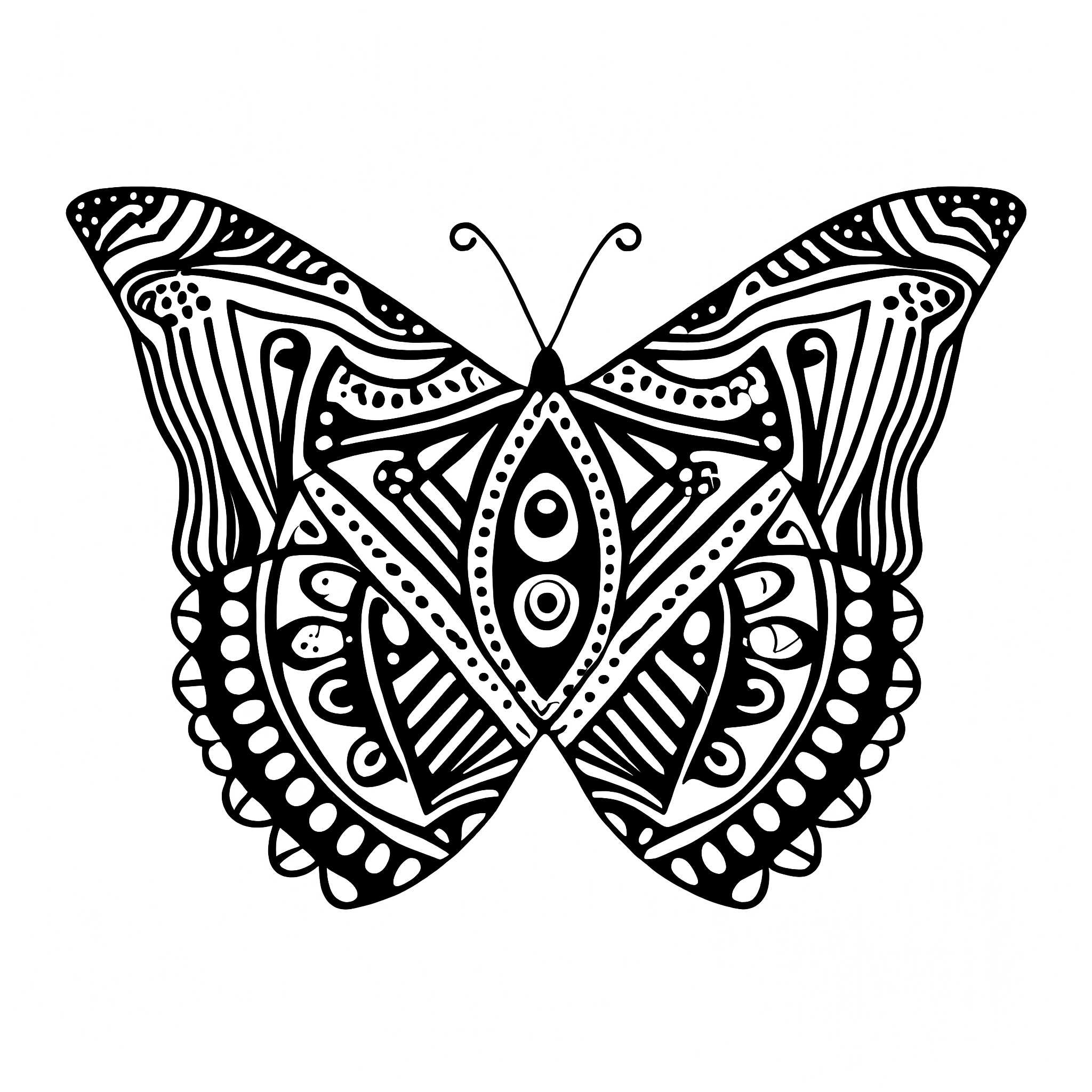
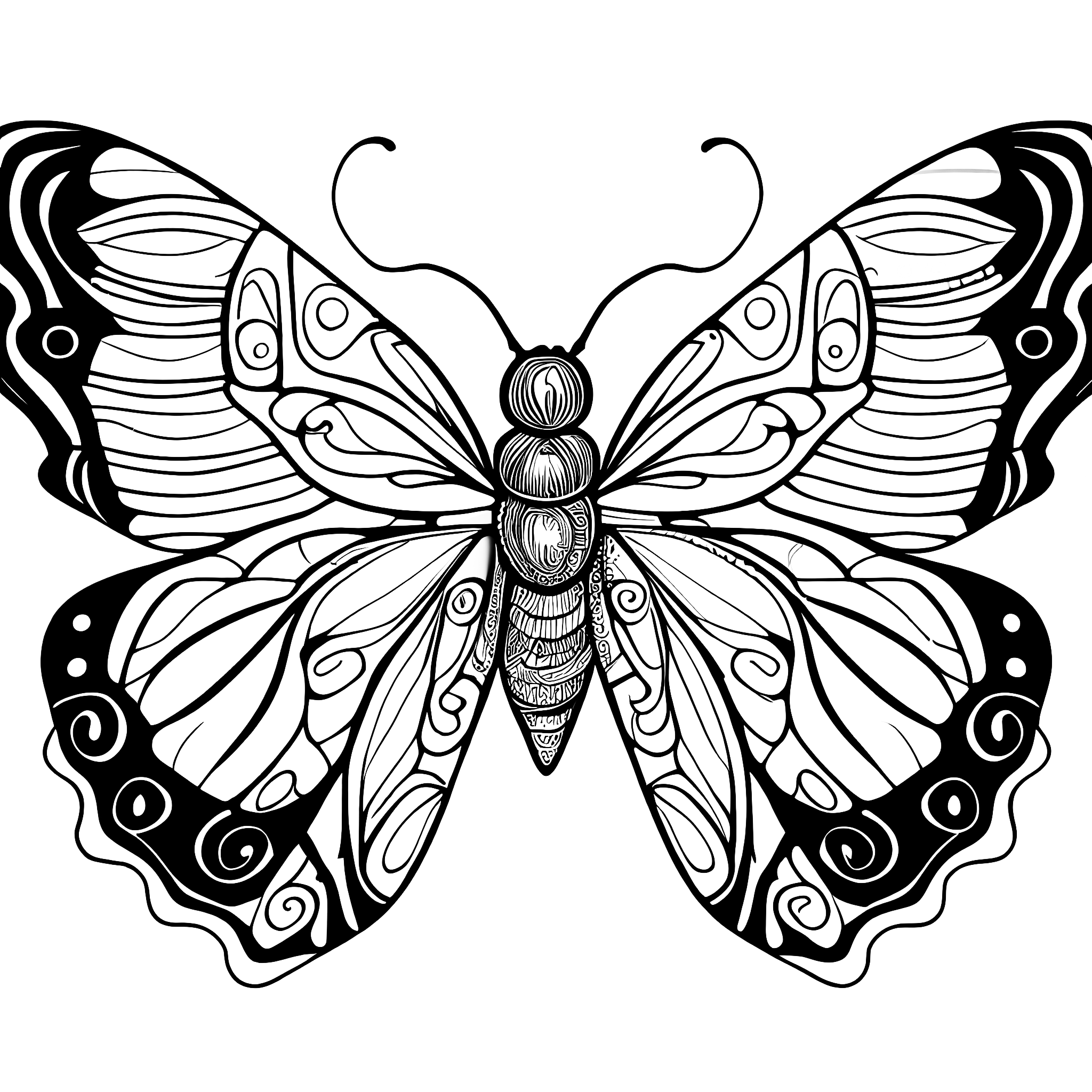
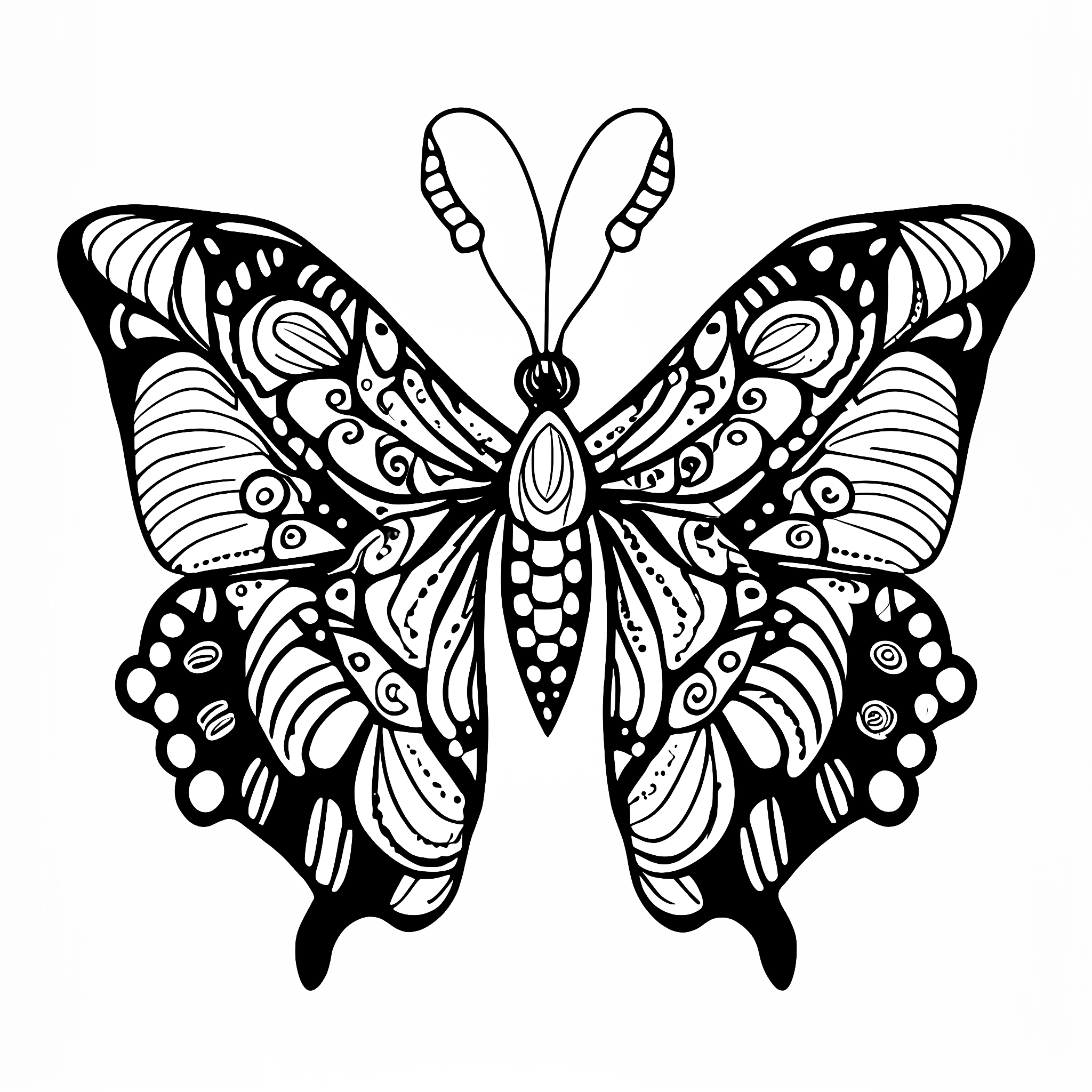
I haven't spent much on advertising, but in the approximately one month that my two adult coloring books have been on the market, I have sold only 3 units. This tells me that the success of a product is not necessarily proportionate to the effort that goes into building it. Of course I already knew this, as it is one of the main messages of the discipline of entrepreneurship and the lean startup method. But it was interesting to observe it in practice.
Now given how much I believe and preach this message, it surprises even myself that I am still lured to the challenge! It is fun, not costly, and rich in learning to try and try harder to produce some more adult coloring books. I'll probably try a few more despite the relative failure of the first two. I feel like the lean startup method is designed to avoid costs, and it does not apply that well when the cost of experimentation is so low.
Another reason I'm encouraged is that in our family gatherings this holiday season, my lovely sisters actually sat down and took the time to color one of the pages in my book! The results were actually pretty fantastic!
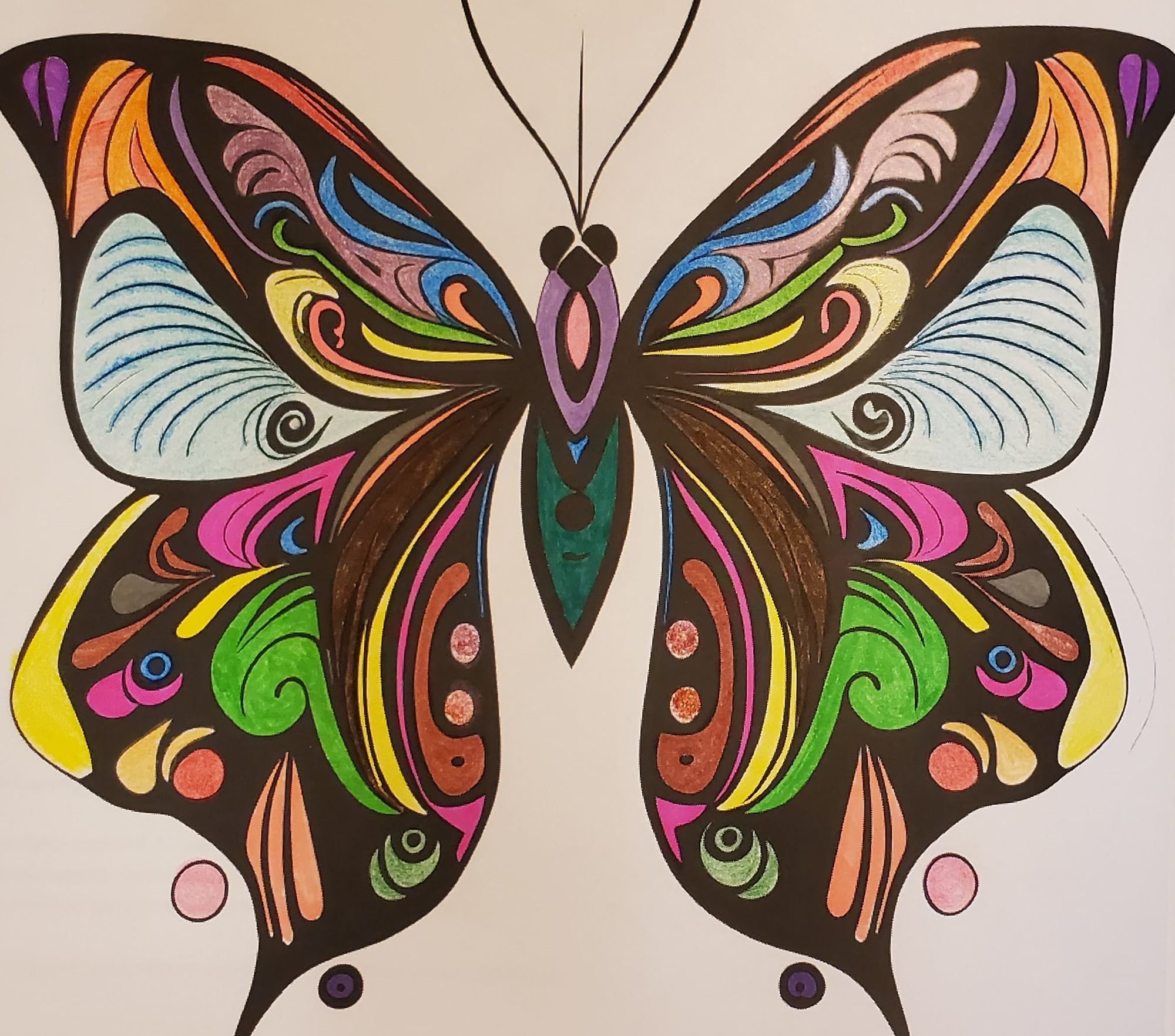
Idea 4: Picture book for Christmas. As I was working on these projects, the calendar was approaching December and Christmas mood and decorations started to pop up everywhere. I started thinking about seasonal products that could be good Christmas gifts. I thought about a coloring book of Santa Claus in different contexts doing different things, and I did manage to generate a few good images:
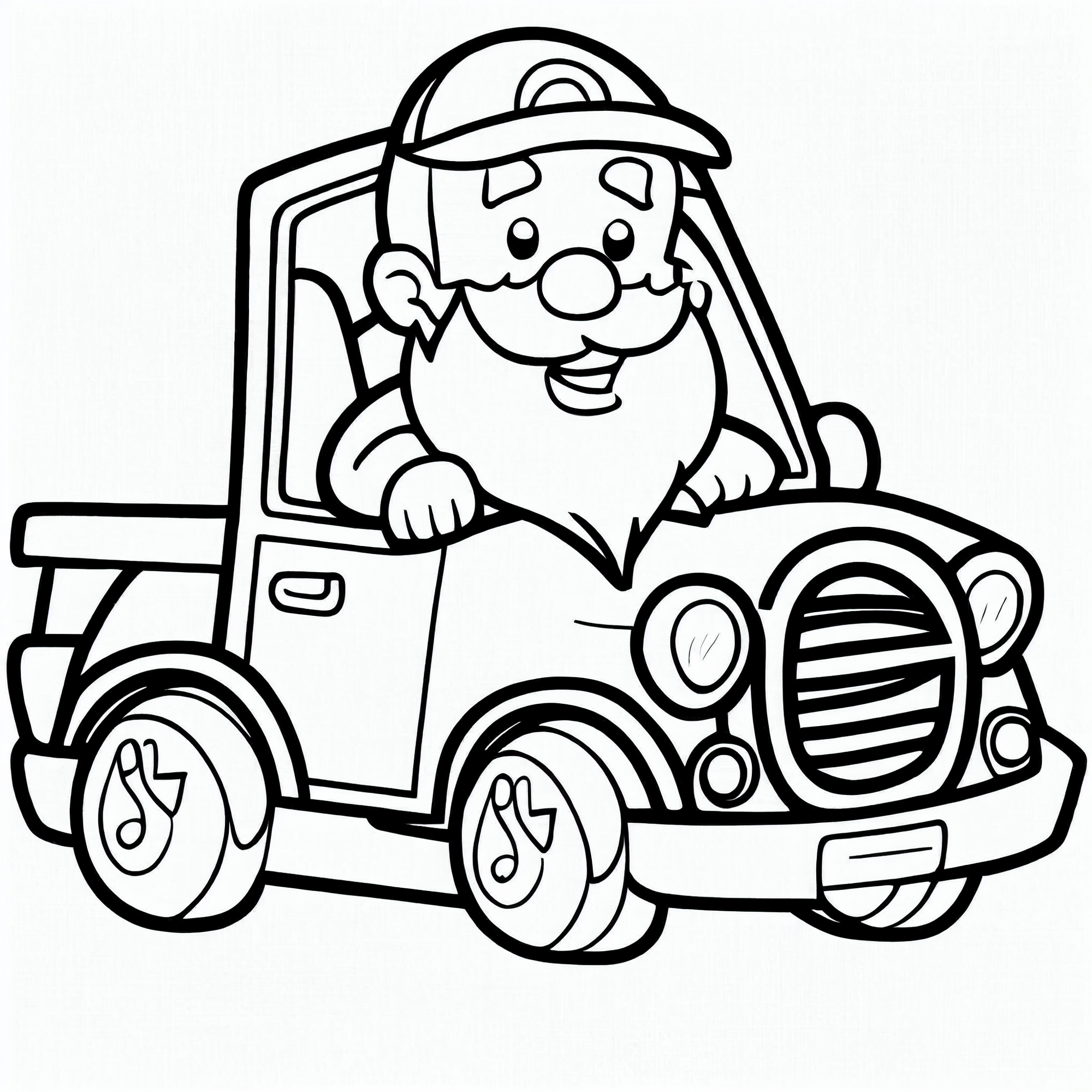
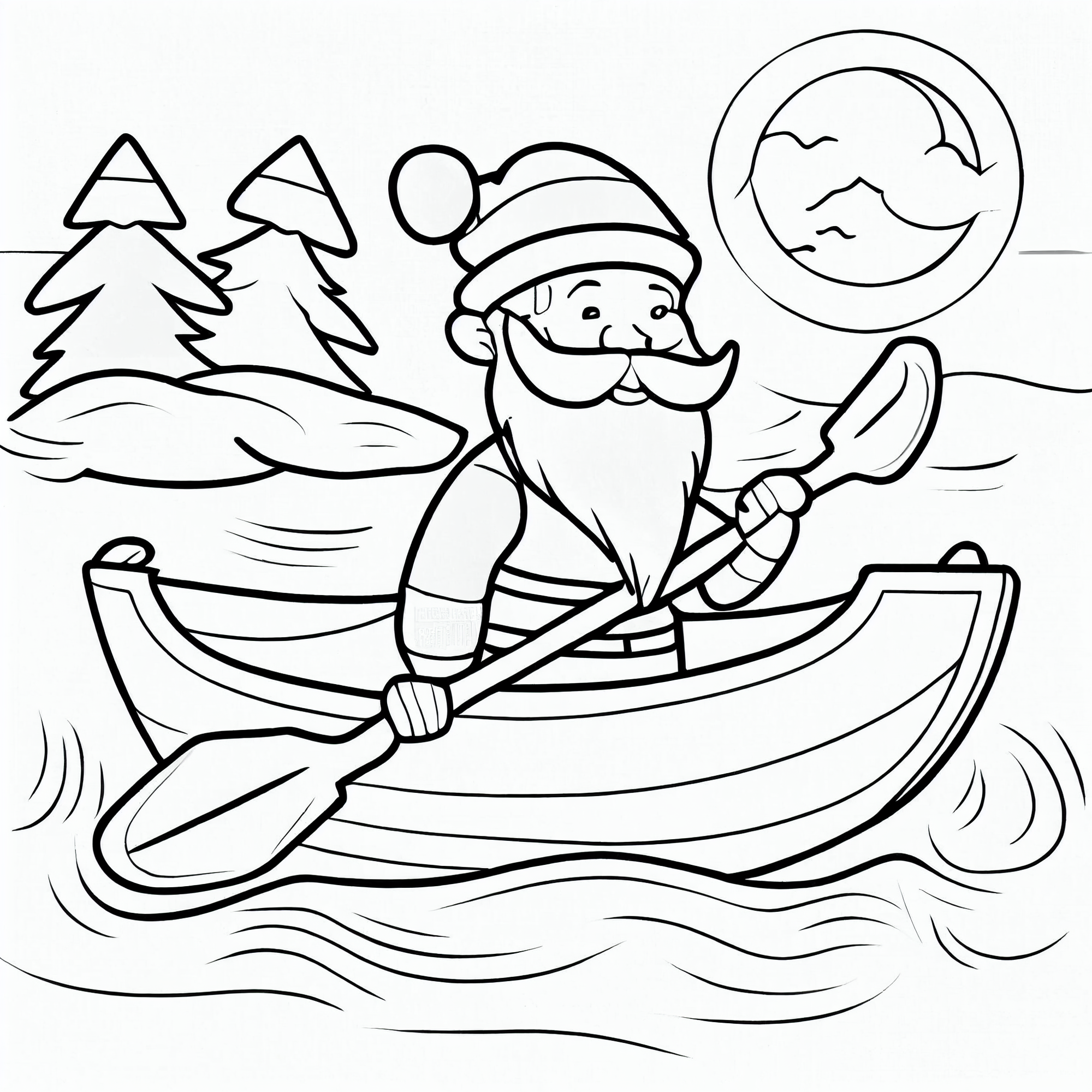

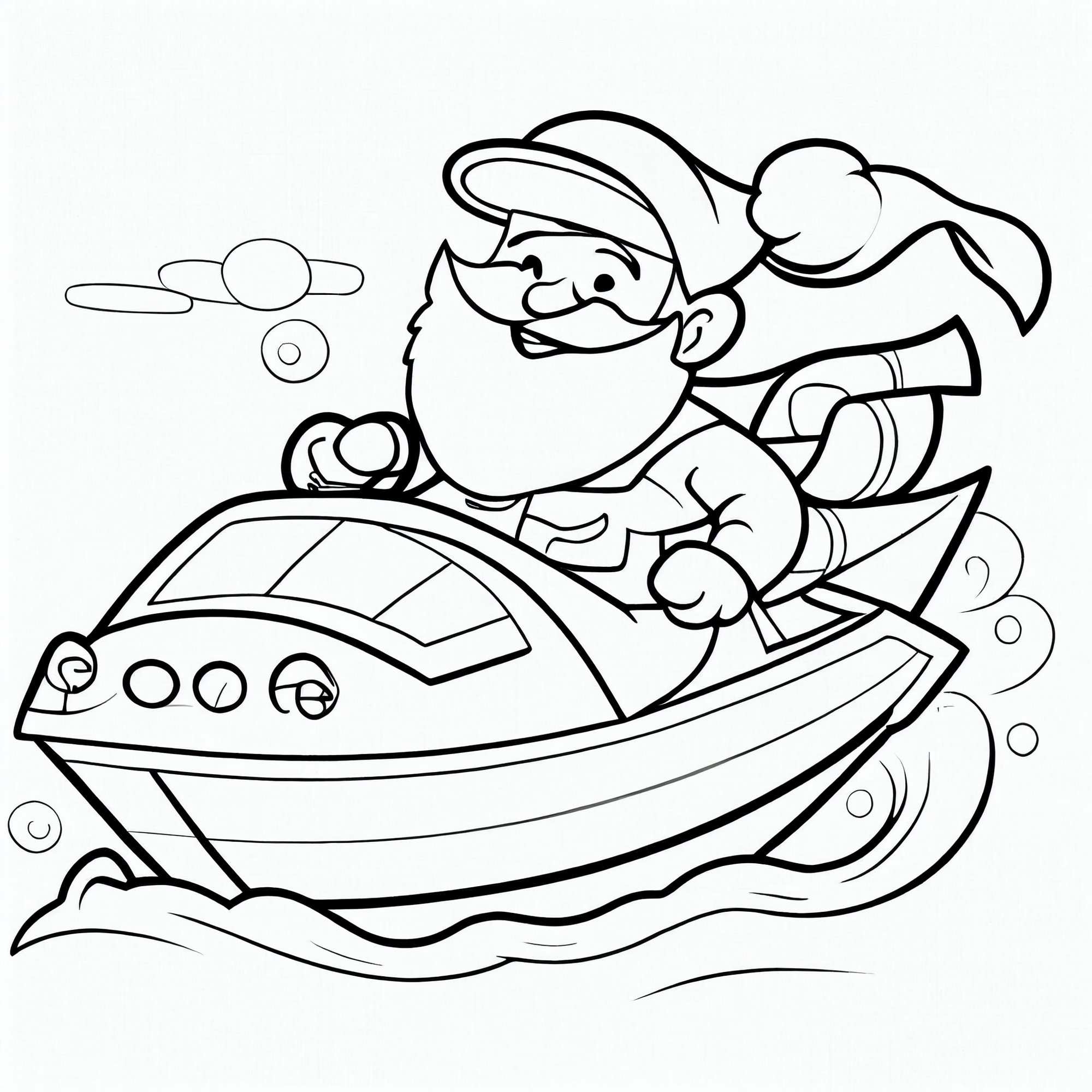
Looking at these images, I thought that the cute surprise factor here is that Santa is doing unusual things that could bring some chuckles and smiles to kids who saw these pictures. If that's the main value, then what if they weren't coloring pages but beautiful cartoon images? I started changing my prompts away from coloring pages and toward cartoon images. After some experimenting, I managed to find prompts that created a consistent aesthetic, and similar looking Santa Claus most of the time.

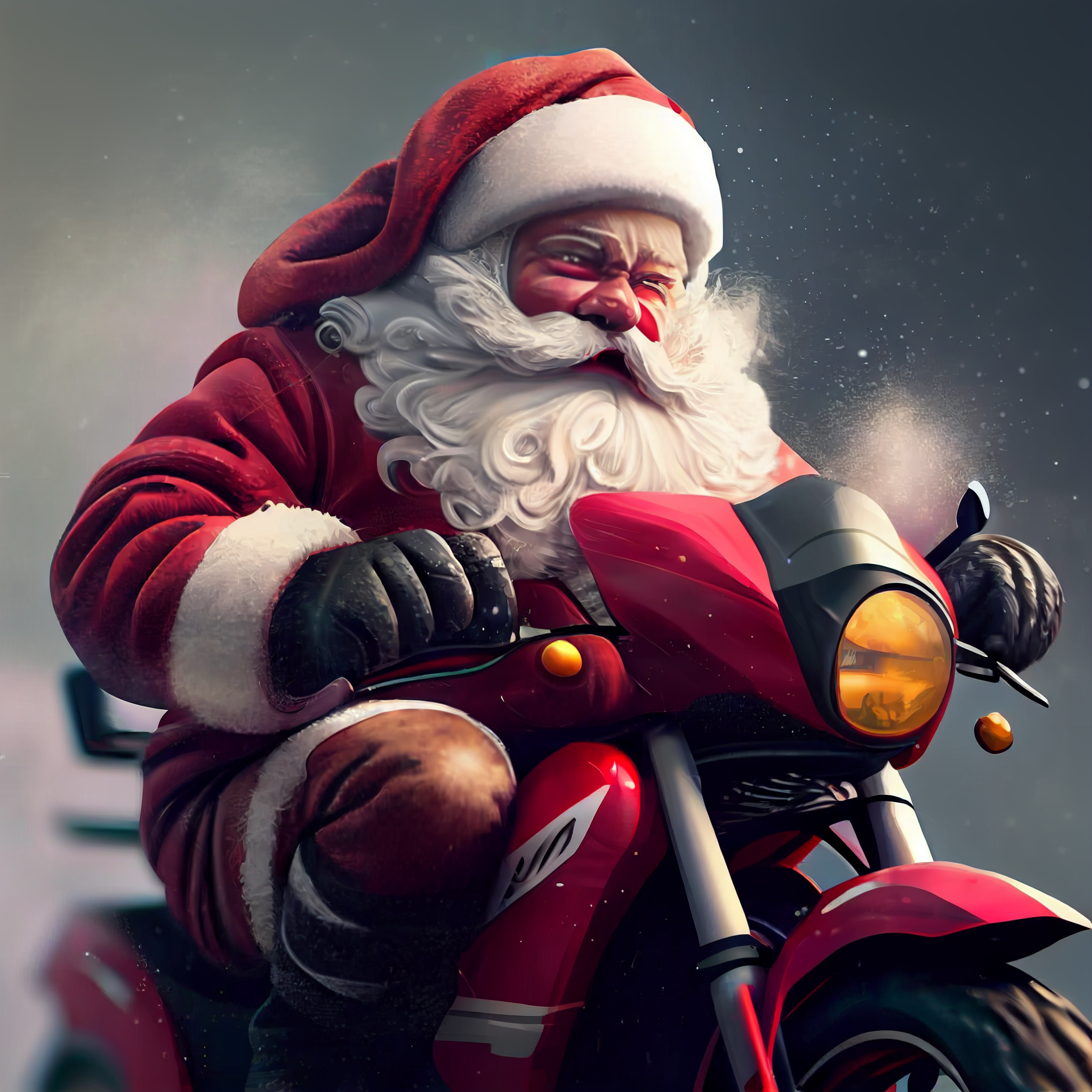




Howver, that familiar problem of weird looking hands, fingers, and eyes still existed. So I ended up having to omit a whole bunch of the images from the picture book I was making. However, I did find a way to salvage some of the really good ones by taking the Midjourney output into DALL-E and using DALL-E's inpainting feature to make edits. Scott Detweiler shows how to do this in this video:
For example, the below image of Santa playing hockey was originally unusable, but had a beautiful aesthetic:

After inpainting edits with DALL-E it looked much better:

I liked the result so much that I used DALL-E's outpainting feature to expand the image and turn it into the book's cover:

The character of Santa Claus is actually a pretty good subject for AI-generated art because it largely circumvents some of the main challenges of the current AI engines:
- The hands and feet are often covered with mittens and boots which are much easier for the AI to render than fingers. This is similar to why OpenAI loves using astronauts in their promotional material for DALL-E.
- The face is usually covered in a lot of beard and the AI often generates similar-looking faces for Santa.
- Santa's outfit is pretty standard and there is less worry about the AI creating an image with inconsistent looks. Although some of the ones with a non-standard outfit actually turned out to be my favorites:


In the end, the book I published still has many imperfections, but I think those are mostly small kinks that most readers don't really care about. I was so proud of my Santa book that I spent the most advertising money and effort on it. I managed to sell 282 (and counting) units of this book in the 2022 Christmas season, although the royalties do not make up for the advertising spend so I did not break even. Still, it was wonderful to see that so many people found this interesting enough to purchase. Out of every 10 people who clicked on the ad, roughly one person bought it. I think that's a pretty good indication of value creation.
I intentionally did not add a storyline to the book because I thought a wordless picture book that sparked the imagination would itself be valuable. However, I have noticed that some reviewers on Amazon are not happy with this aspect of the book and would have preferred a storyline. This is an example of how despite doing my homework, I may not have made the right decision. I had actually analyzed the key phrase "wordless picture book" and found that it showed promising potential. I had also clearly written in the book description that it is a wordless picture book. Still, it seems that some buyers are getting this book with the expectation of it having a storyline and are being disappointed. Overall though, I consider this book to be successful so far. The main indicator of long term success will be to see how much it sells in future Christmas seasons without advertising expenditure.
Downsides of Self-Publishing with Amazon KDP
Throughout this experiment, I learned that despite its many benefits, self-publishing with Amazon KDP does have some downsides to be aware of:
- There is platform risk. You are at the mercy of Amazon and its internal editors who often make quick computer-assisted decisions on your material. While this hasn't happened to me, some users report being rejected for no good reason and having to go through a difficult and lengthy appeal process.
- Another kind of platform risk could be for example that at some points, Amazon may just decide to ban AI-generated content and there would be nothing I can do about it.
- Although it is easy to use the Amazon KDP platform, if you are serious about SEO and keyword optimization you may have to spend quite a lot of time or get help from others on coer design, title choice, description content, and choice of keywords.
- You have to spend quite a bit on advertising. This can easily eat into your profits or even add up to net losses. Amazon on the other hand, makes money both on your sales and on your ad spend. You may or may not win, but Amazon never loses!
- Even if the amount of money you spend on advertising is cost-effective, you may find yourself spending a lot of time managing your ad campaigns. This defeats the purpose of it being a passive income stream.
- In some cases if your book is directed at a certain niche, even you allocate the budget for advertising, you will not get many impressions or clicks because there are just not that many people searching for the keywords you are bidding on.
- Although Amazon has a great advertising platform, if you really want your book to do well you have to engage in other forms of marketing and promotion beyond Amazon's own platform. This takes more time than resources, but both are costly.
- If you don't spend enough money on advertising, don't make enough sales, and don't get enough good reviews, it will be very hard for your book to rank high in any categories, making it very difficult to get any attention from Amazon users, especially when you are competing against other books in the same categories that are supported by much more advertising money.
- Most categories and subcategories on Amazon are crowded, and it is very hard for a new book to stand out, especially if it is a rather generic addition to that category.
- Coming up with ideas for books is not easy, as there are many criteria to think about (your own knowledge and expertise, timelessness of topic, audience size, market saturation, seasonality, new value or innovations you can bring to the table, etc.)
- To make decent money without spending much on advertising, you often have to play a numbers game and publish a large quantity of books. For low and medium content books, the number of publications required to reach significant income can be in the hundreds.
Final Thoughts
Overall, I still think the benefits of publishing on Amazon KDP outweigh the costs, but it is a long term game and requires publishing a lot of books. However, the alignment of this business model with my skills is pretty good, and the new AI tools, freelancers, and automations make things a lot easier. I plan to continue exploring this business model, and try some high-content books as well. GPT-3 and chatGPT are making it much easier to write, and I'm excited to explore how I can couple them with my own knowledge and creativity to write content that people want to read.

Member discussion